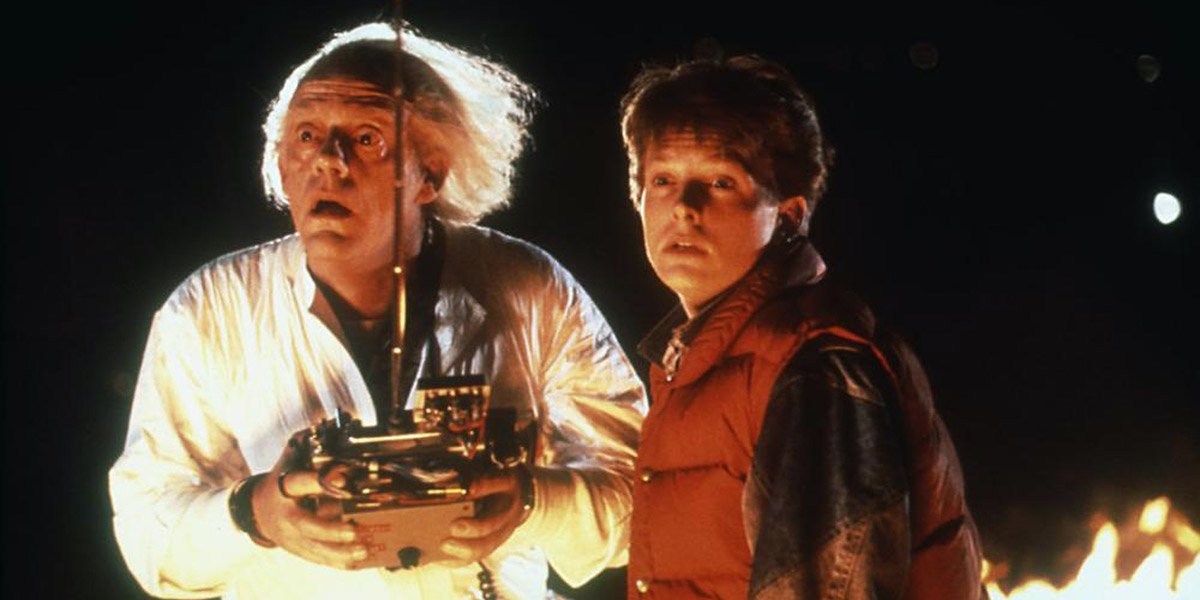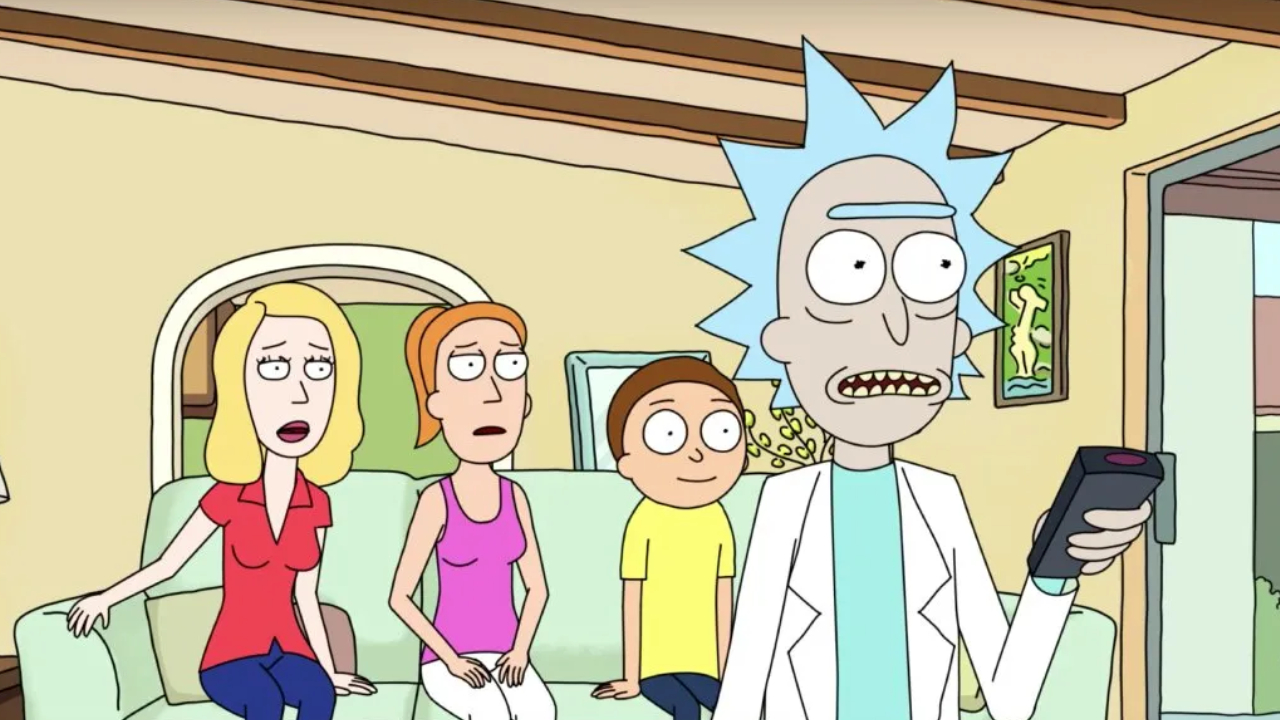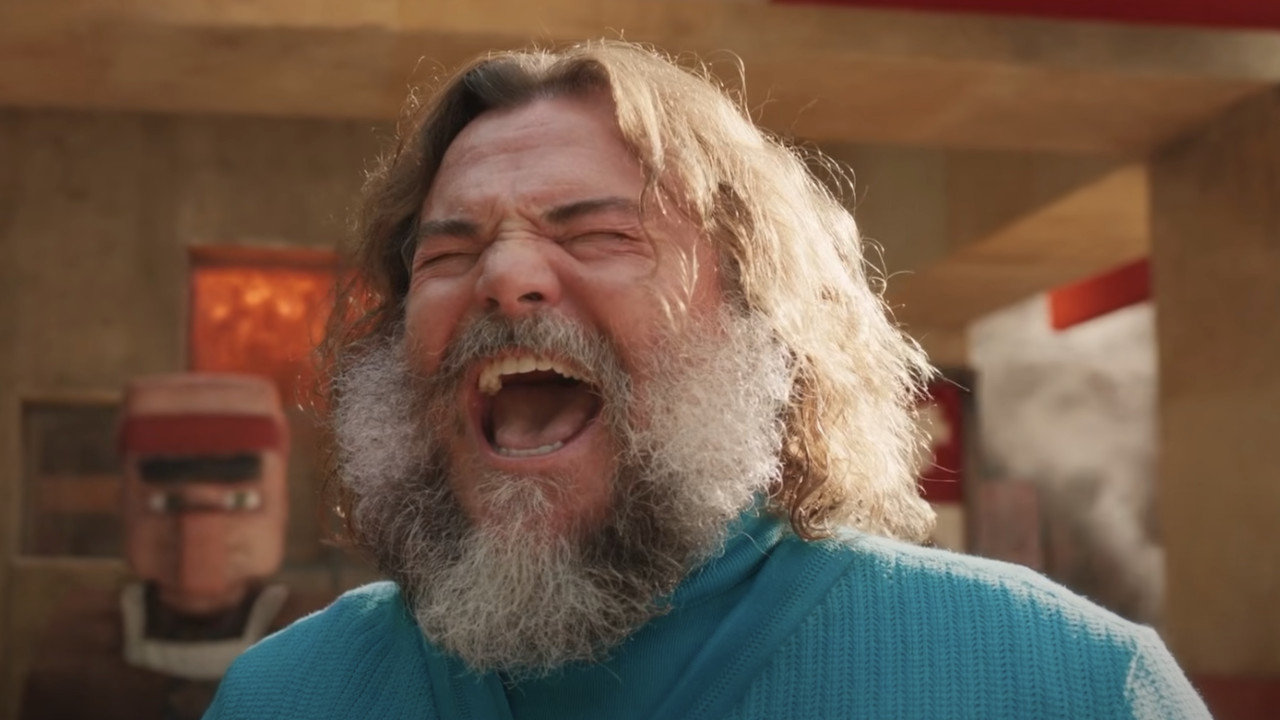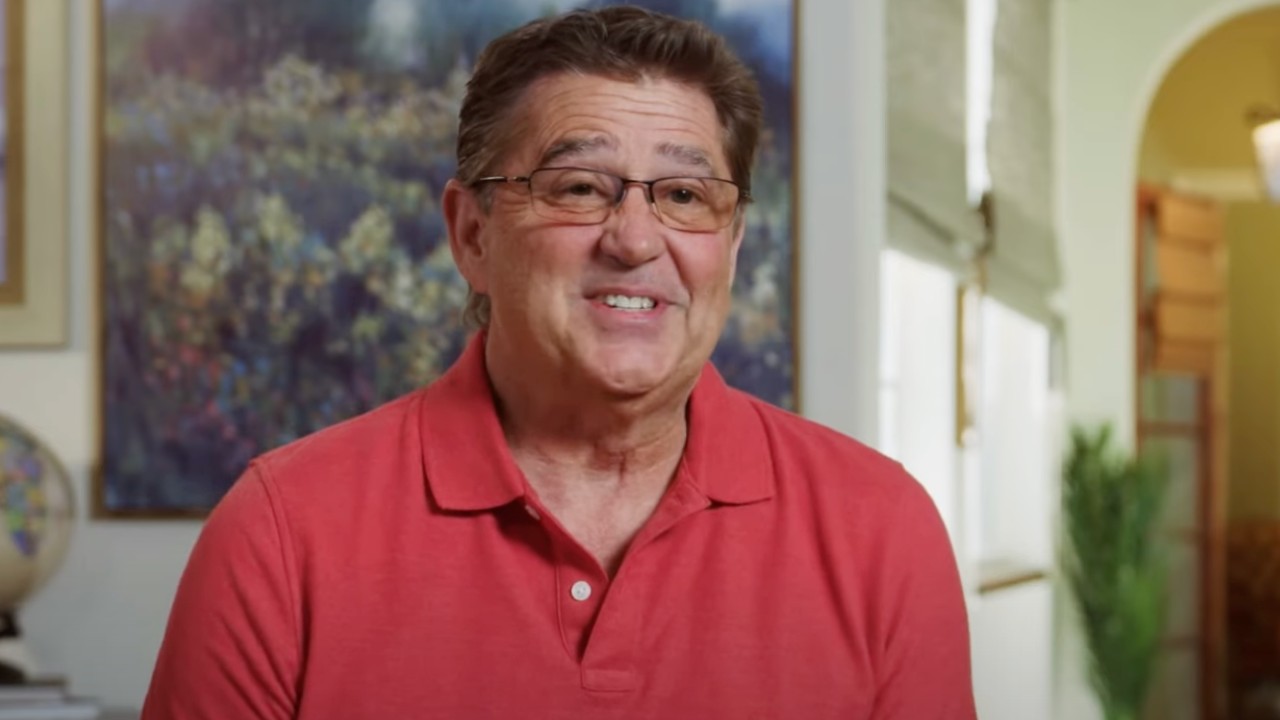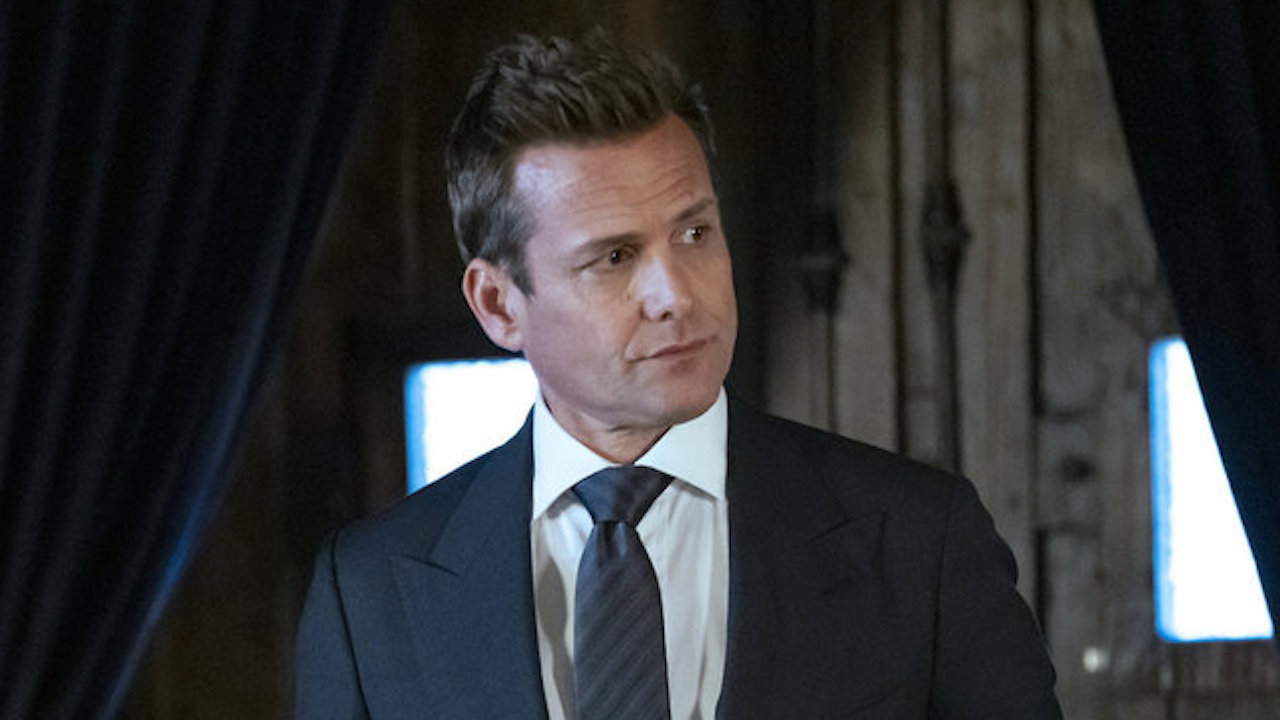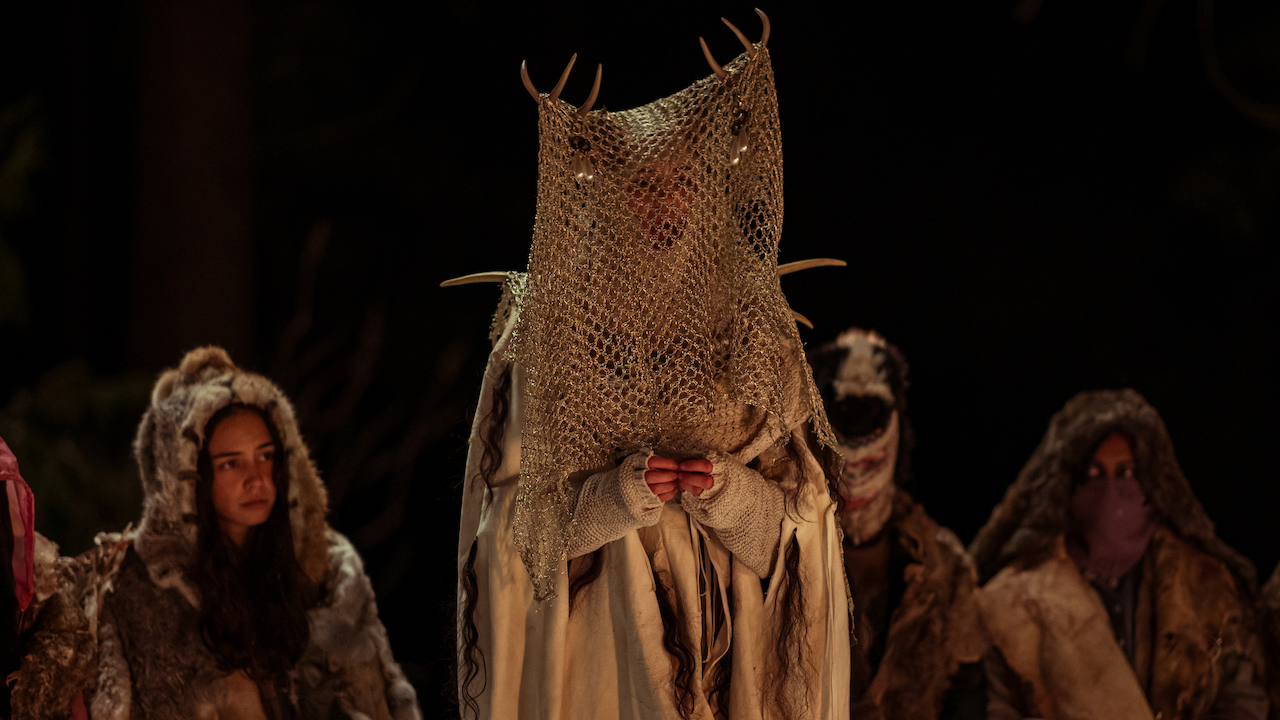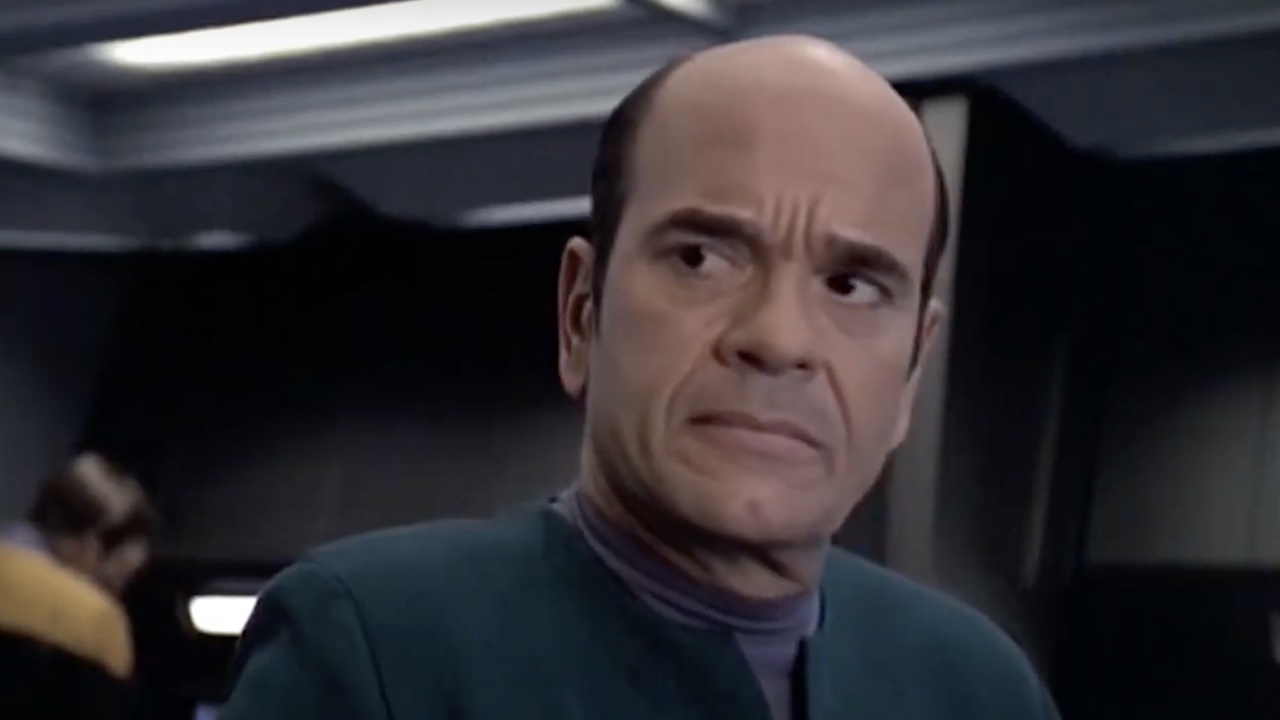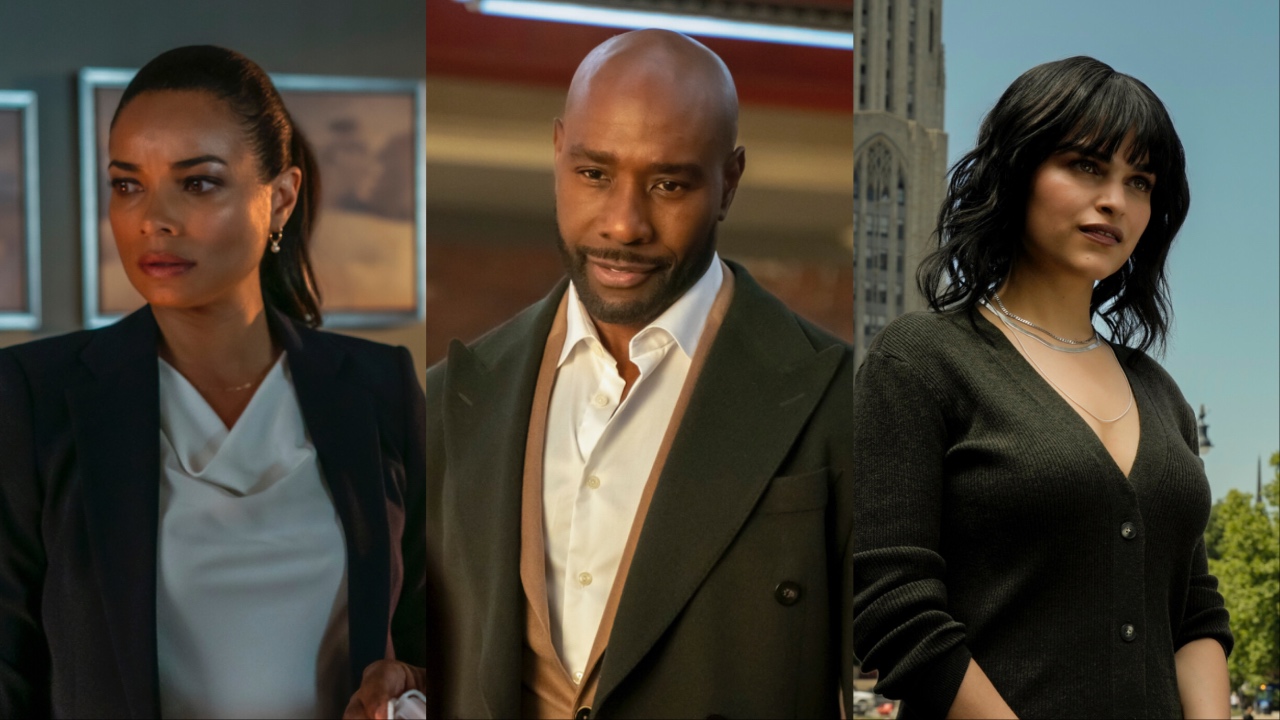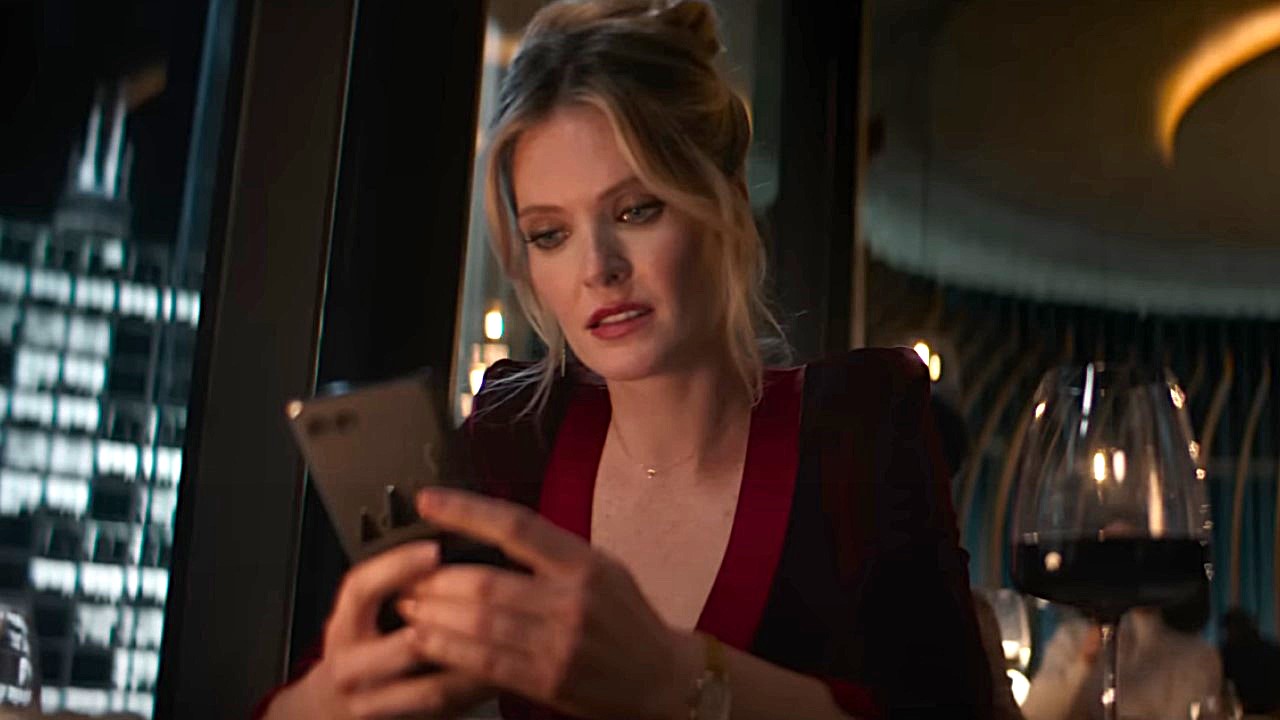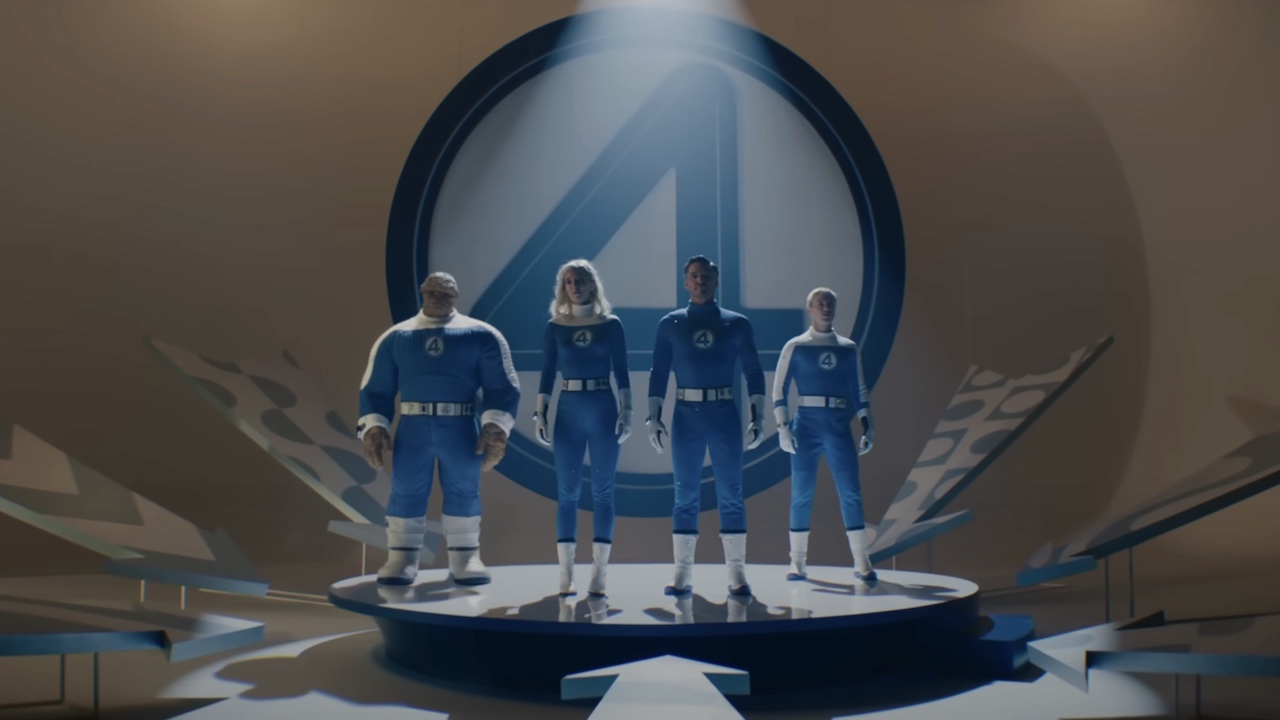Back To The Future: 7 Awesome Things You May Not Know About The DeLorean Time Machine
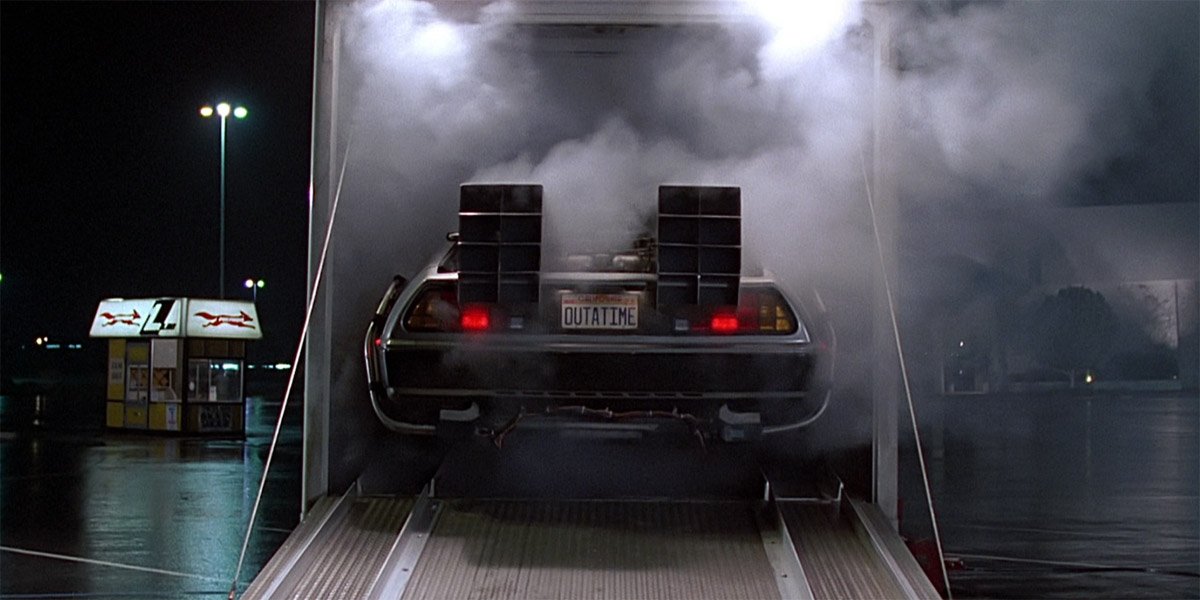
CinemaBlend participates in affiliate programs with various companies. We may earn a commission when you click on or make purchases via links.
The DeLorean Time Machine is in every way a miracle of cinema. Robert Zemeckis’ Back To The Future took what was a flashy-yet-junky sports car and (with a few modifications) transformed it into one of the truly iconic cars in movie history. It by itself encapsulates the joy that is evoked when watching the classic time travel adventure, and it will remain appreciated for generations to come.
Only enhancing that appreciation now is the latest book from publisher Insight Editions, titled “Back to the Future: DeLorean Time Machine: Doc Brown's Owner's Workshop Manual.” Co-written by Back To The Future trilogy screenwriter Bob Gale and Joe Walser, the release provides a remarkably in-depth look at its titular vehicle, and it not only adds to the canon in creative ways, but also divulges some fantastic behind-the-scenes trivia. To provide a taste of the material, we’ve plucked eight of the coolest details for you here.
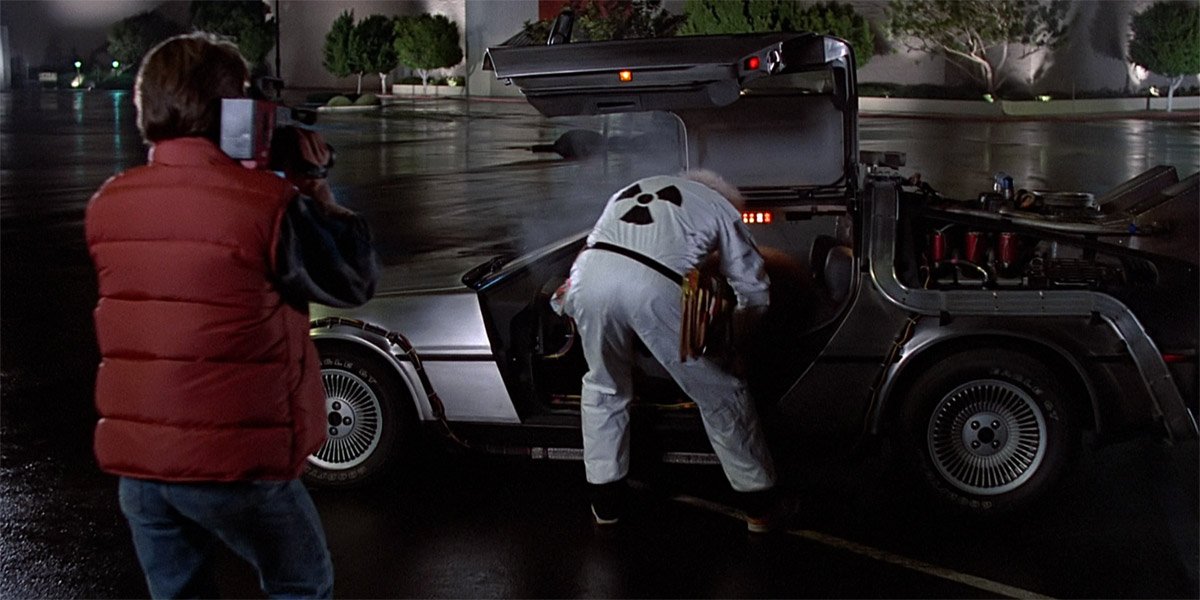
The DeLorean’s Stainless Steel Body Made The Car Surprisingly Fragile
In Back To The Future Part II, Doc remarks that the ’46 Ford driven by Biff Tannen would tear through the DeLorean “like tin foil” if the two cars were to collide, and that’s not just a fiction invented to add drama to the film’s plot. The stainless-steel panels with which the vehicle is constructed make it look super slick, but one serious drawback that the Back To The Future production had to deal with was that it was impossible to hammer out dents. It was especially during the making of Back To The Future Part III that there was a regular issue needing to swap out various parts.
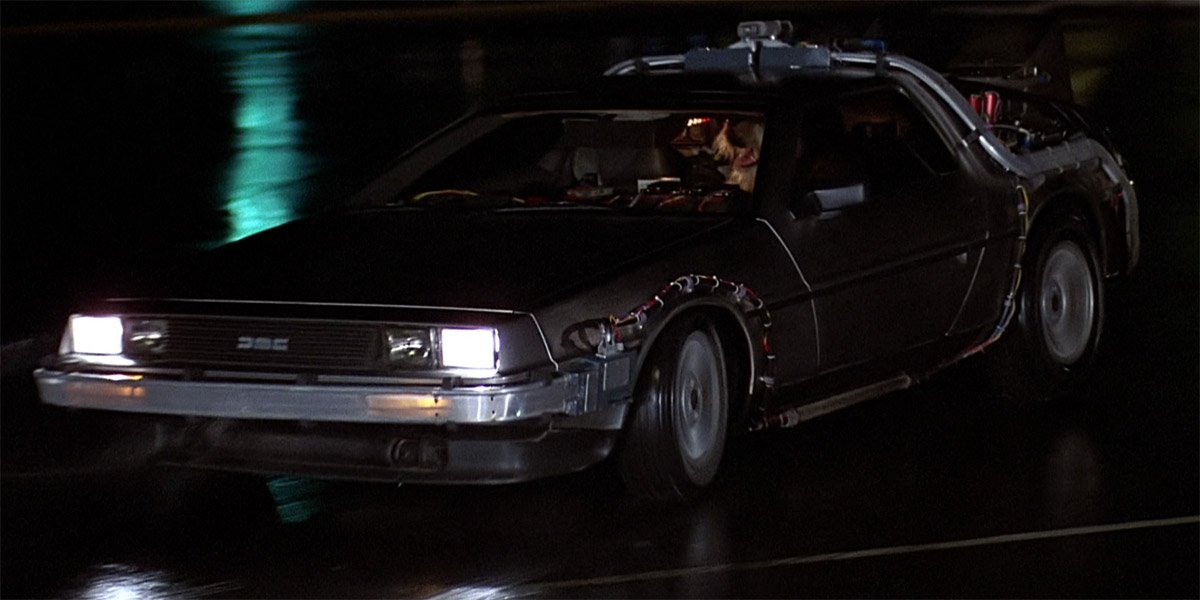
The Trial Of John DeLorean Was Seen As An Asset To The Image Of The Car By The Filmmakers
As notable as the DMC DeLorean’s gull wing doors is the famous story about what the company’s founder did to create his own car company. In 1982, John DeLorean became the target of a FBI entrapment operation when he was desperately trying to keep the DeLorean Motor Company afloat, and was charged with cocaine trafficking after being solicited by an informant (he was eventually acquitted). The trial was happening when Back To The Future was in development, and while you might think that a studio movie would try and steer clear of any controversy, the new book says that the ordeal “gave the car an added sense of danger.”
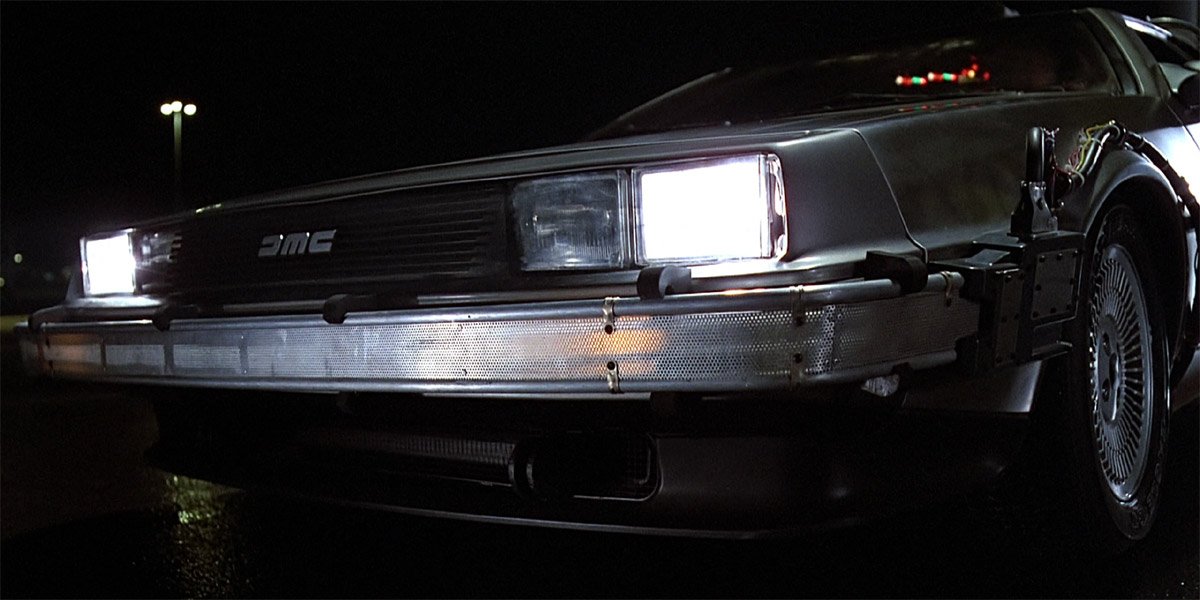
The Production Was Offered A $75,000 Deal To Replace The DeLorean, And Bob Gale Had The Best Reaction
After watching the Back To The Future trilogy, it becomes impossible to imagine any other car being used as the classic time travel machine… but that doesn’t mean that there weren’t attempts behind the scenes to replace it. According to the book, Universal Pictures hired a product placement company for the production, and there was a point where a $75,000 deal was proposed so long as a the DMC DeLorean was swapped out for a Ford Mustang. Bob Gale shut that idea down immediately, saying, “Doc Brown doesn’t drive a fucking Mustang.”
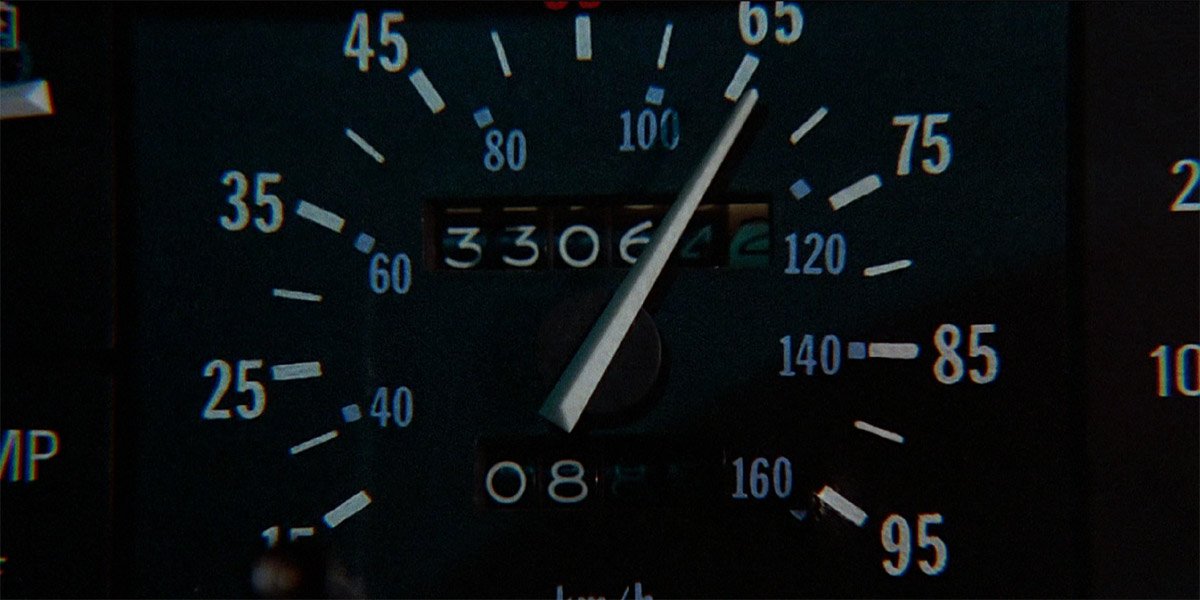
The Speedometer In The Car Required An Overlay Because Of A Jimmy Carter Administration Mandate
It’s a classic movie moment when Marty McFly first sees that the DeLorean is about to hit 88mph on the speedometer – but what’s actually kind of strange about the moment is that, ironically, it’s a touch anachronistic. In the late 1970s, the Jimmy Carter administration created a mandate that said speedometers shouldn’t go above 85 mph, with the idea being that it would discourage speeding. This applied to DeLoreans, and created a slight issue for the Back To The Future production. Thankfully, it was one that was relatively easy to solve with yet another modification to the car.
CINEMABLEND NEWSLETTER
Your Daily Blend of Entertainment News
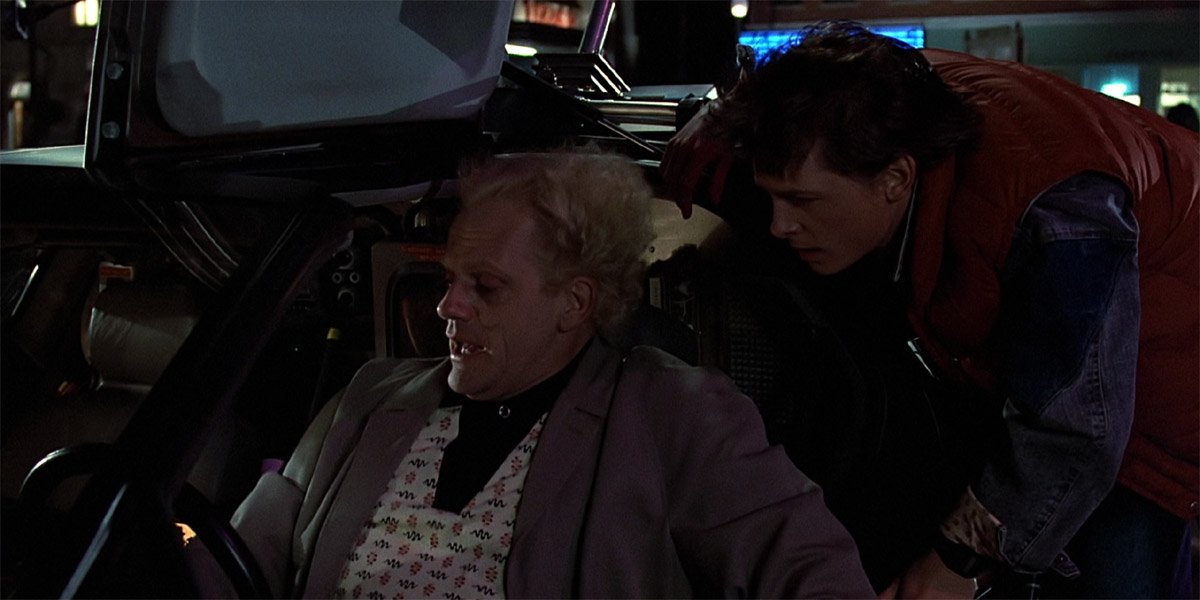
The Gull-Wing Doors Continually Ruined Takes During One Particularly Cold Night On Set
The gull-wing doors are the number one feature of the DeLorean that make it especially stand out, but there was one cold night on the set of the first Back To The Future when they proved to be a real pain in the ass. The doors remain open thanks to struts with gas-filled cylinders, and that became a problem in the scene where Doc and Marty are in the town square going over their plan to have a lightning strike recharge the time travel machine. The weather caused the gas in the struts to contract, and so the doors kept slowly lowering during takes and ruining shots. The solution? The special effects crew rushed in between takes to warm the car up with hair dryers.
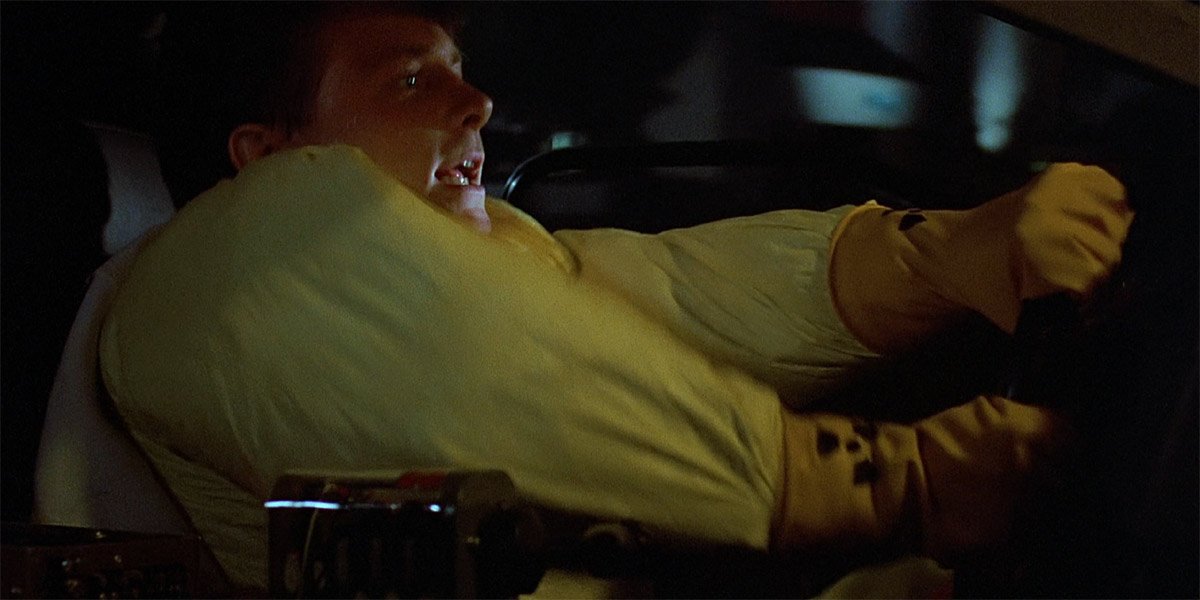
Of The Three Cars Used During Production, One Had To Be Totally Cut Apart
It’s no secret that the Back To The Future stars weren’t exactly enamored with filming in the DeLorean, as it wasn’t exactly a comfortable space – and what really drives this home is the revelation in the book that it was actually impossible to fit both an actor an a 35mm Panaflex camera in the vehicle at the same time. Because of this, one of the three DeLoreans that were used during the making of the original movie was “cut apart” so that Robert Zemeckis could get all of the angles that he wanted. These moments were filmed on the Universal Pictures backlot in Los Angeles, and backgrounds (like the one in the screenshot above) were projected.
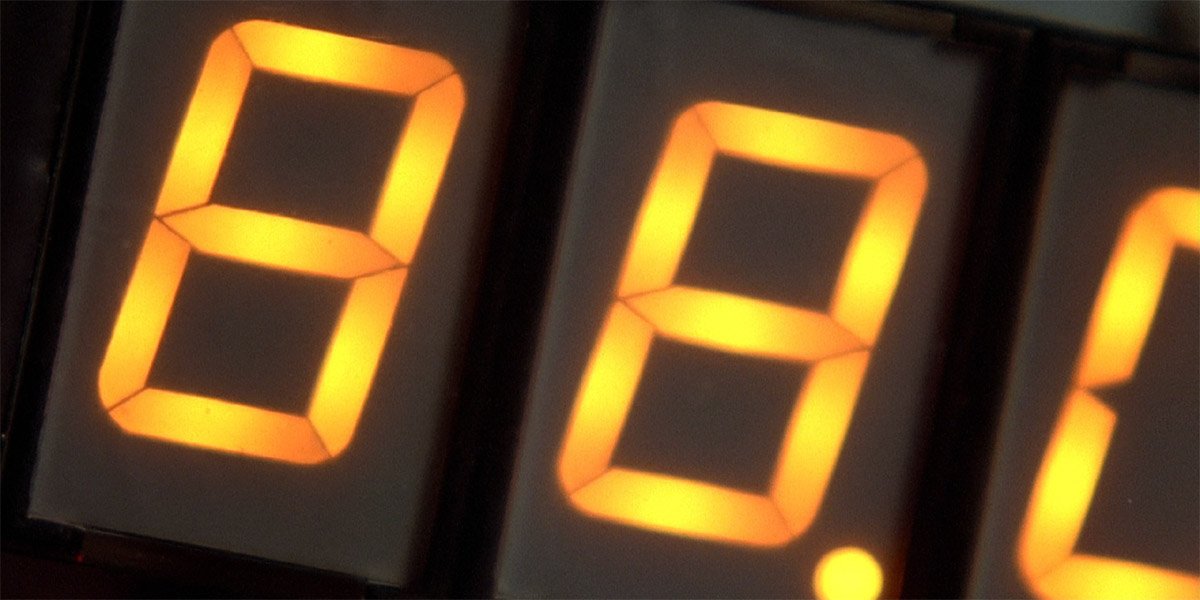
There Are Two Basic Reasons Why 88mph Is The Key To Time Travel
Audiences permanently know to expect some serious shit when the DeLorean hits 88mph – but have you ever wondered why it is that specific speed was chosen? As noted in the book, there is plenty of speculation about it by fans, but the reality is actually pretty simple. For starters, “88” is a really easy number to remember, and secondly, Doc Brown likely wouldn’t accidentally go that fast while just driving around.
This is only the tip of the iceberg when it comes to the great information packed into Insight Editions’ “Back to the Future: DeLorean Time Machine: Doc Brown's Owner's Workshop Manual” – which is now on sale. And if you can’t get enough trivia about the classic time travel movie, be sure to check out our Back to the Future Behind-The-Scenes Facts feature.

Eric Eisenberg is the Assistant Managing Editor at CinemaBlend. After graduating Boston University and earning a bachelor’s degree in journalism, he took a part-time job as a staff writer for CinemaBlend, and after six months was offered the opportunity to move to Los Angeles and take on a newly created West Coast Editor position. Over a decade later, he's continuing to advance his interests and expertise. In addition to conducting filmmaker interviews and contributing to the news and feature content of the site, Eric also oversees the Movie Reviews section, writes the the weekend box office report (published Sundays), and is the site's resident Stephen King expert. He has two King-related columns.
